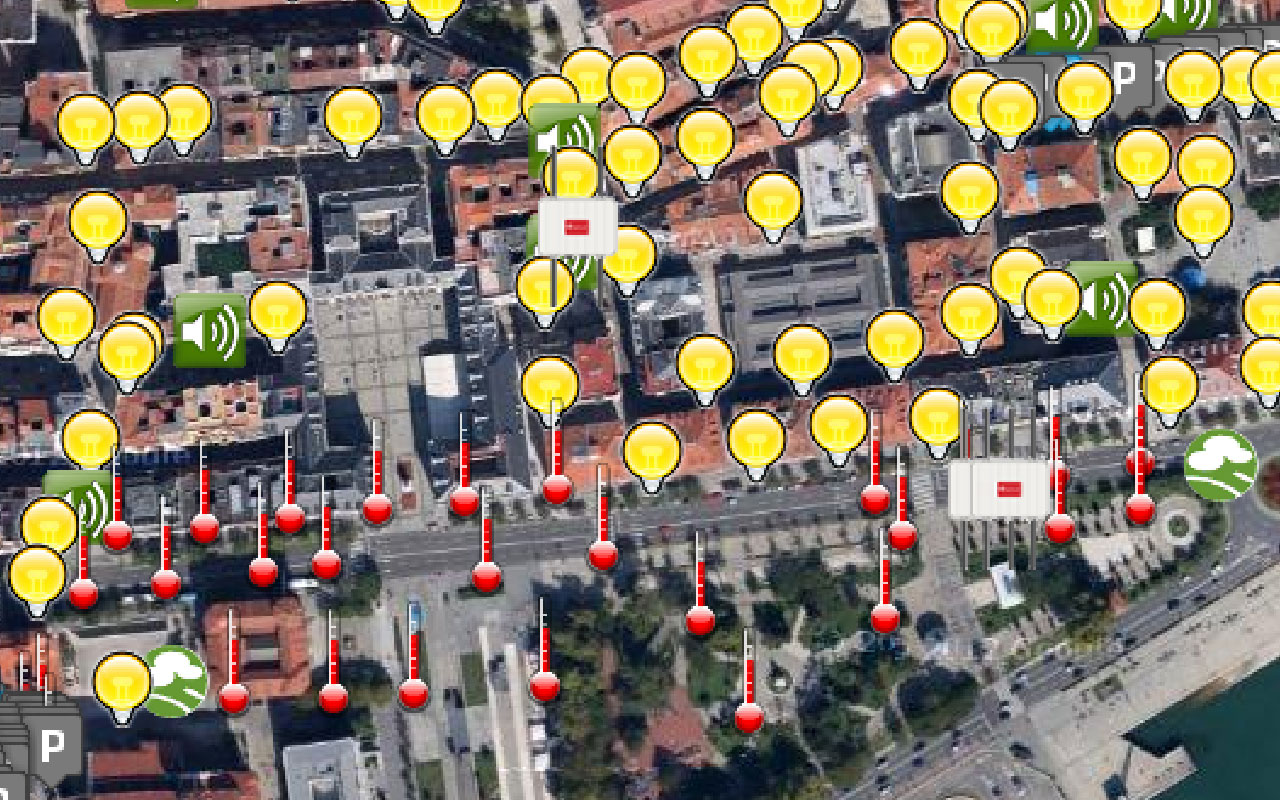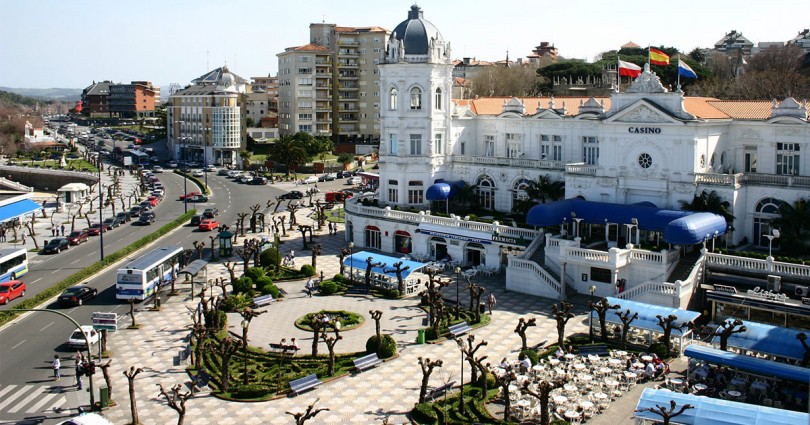4 Big IoT Wins for Smart City Pioneer, Santander, Spain

When our Victorian predecessors predicted how technology would transform public life, they imagined pedestrians crossing rivers via miniature hot air balloons, and police officers with mechanical wings. Far from flashy personal flight devices, the watershed technologies transforming today’s cities are discrete, often invisible. In the “Smart City” of Santander, Spain, everyday objects—lampposts, buses, waste bins—are embedded with innovative Internet of Things (IoT) technology. And they’re improving quality of life in ways the Victorians couldn’t have fathomed.
Covering just a few city blocks, the smart city of Santander has deployed hundreds of sensors to measure all aspects of public services including street lighting, garbage collection etc. © Smart Santander
With a population of just 180,000, Santander has installed over 20,000 IoT devices in their buildings, parks, vehicles and other objects. Integrating the internet into the physical world, these IoT devices work together with the city’s digital infrastructure to efficiently manage urban systems like transit, water, energy, and more—all with minimal, or no, human intervention.
Santander, but smarter
So how, exactly, is IoT changing daily experience in Santander? Here’s a rundown of 4 pioneering IoT projects the city has piloted since 2010 that are cutting costs, driving sustainability, and turning heads around the globe.
1) Transit innovation: a smarter way from A to B
If you live in Santander, you may never again spin your wheels in search of parking. A system of IoT sensors hidden under the pavement identifies free parking spots and directs nearby drivers to available spaces via digital street signs. The initiative, along with other transit projects, is significantly reducing congestion and CO2 emissions in the city.
IoT sensors are also embedded in buses, taxis, and streetlights—collecting data on traffic patterns, maintenance needs, noise-levels, and other environmental conditions. This data is then used to optimize public transit routes, share real-time traffic data with the public, reduce congestion, and respond to mechanical problems. Through a handy app, you can check available taxis or public bicycles for hire, and pay for parking without having to reload a meter.
2) H2O 2.0: the sustainable Smart Water initiative
In your average city, you may be unaware of an undetected leak that is driving up your water costs until your bill arrives a month later. Santander’s sustainable Smart Water initiative is cutting costs (and unwanted surprises) by empowering residents to manage their water use through a smartphone app. They can view real-time data on water quality and consumption, track trends over time, and receive service alerts.
With the goal of promoting sustainability and saving the city money, IoT tracking in the water system enables the city to more efficiently supply water where and when it is needed, while collecting valuable data on water quality, water pressure, and other environmental factors.
3) A walk in the park: intelligent public space
Passing a sunny afternoon in Santander’s park, La Maruca, you might be completely unaware that IoT devices planted throughout the park are working behind the scenes to automatically coordinate services and maintenance. Humidity sensors in public parks and gardens ensure that green spaces are watered only when the soil is dry. Even waste bins are intelligent, reporting through the IoT when they need to be emptied.
The city is in the process of rolling out intelligent LED lights that dim or brighten depending on time of day and whether someone is nearby—saving an expected 1.5 million dollars per year.
4) It takes a village: public participation and co-creation
Santander invites the public to participate in the ongoing innovation of city services. Citizens are encouraged to report maintenance issues, ongoing traffic congestion, and other problems through a photo-based app so the city can more efficiently respond.
An initiative called Santander City Brain also allows citizens to propose projects and submit creative solutions to challenges the city is facing.
The future of Smart Cities
What’s next for this Smart City? The city is currently working to increase synergy across different IoT-powered services. Imagine, for example, if integrated IoT systems could detect a fallen tree branch in the street, automatically assign a maintenance team, redirect drivers to an alternate route, and intensify lighting in that area to ensure safety.

Got an IoT project in mind for your city? Check out some of Ubidots Application Enhancement features here. The team at Ubidots is here to chat about your next big idea for your city. The crazier the better.

